Before I explain some simple steps that you can take which will help people with disabilities to apply for your vacancies, it is important to understand the potential numbers involved and what that means for your business.
According to the Department of Work & Pensions Statistics Disability facts and figures published in January 2014, there are 11 Million people in the UK with long-term health conditions, impairments and disabilities. The statistics also reveal that you are much more likely to be out of work if you have a disability than those of working age without a disability (46.3% of working-age disabled people are in employment compared to 76.4% of working-age non-disabled people). This gap represents over 2 Million people of working age with a disability who could work. Or put another way, 30.1% potential applicants that are being overlooked.
Where to Start
This depends to a greater or lesser extent on whether you already have a written process which explains how you recruit new staff supported with a Recruitment & Selection Policy. This is likely to be something that HR has put in place, or if not, is likely to still be a work in progress.
- The first step is to read what you currently have and breakdown the process into its constituent tasks. Now many other experts will tell you that this begins with reviewing how you let the world know that you are recruiting, but there is another step, deciding the specific duties of the post and the competencies and attributes of the ideal candidate. When was the last time that you reviewed the current job descriptions of staff? Are they still relevant with regard to today’s current needs within the workplace?
- Look at the tasks separately and list the obstacles a disabled person might experience at each stage. For example, do you only accept handwritten applications with a CV when the work does not require clear legible handwriting or does the application form you use not allow text to be entered on a computer? Most people with impaired sight or Dyslexia, to name but two, are likely to be put off at this point. Dropping the handwritten letter and creating an online application form using Adobe would help. Another example is to consider if the interview tests you use are necessary and if so, adapt how you deliver them to people with different types of disability. This may include using clear unambiguous language and possibly allowing more time. A great way to get some idea about the suitability of tests is to actually do them yourself and then explain the reasoning behind them to a colleague.
- One thing you really must do at this stage is to not rely upon your memory. Make notes and discuss them with a colleague.
What Is Next?
- If you don’t have a Policy, then you will be worrying about what to put and what not to put. There are many really good examples of recruitment and selection policies that you can read by just ‘Googling it’. I am not suggesting for one minute that you need a Policy like many large public sector organisations have, but you can use them for ideas none the less. I suggest you look at the following link at CIPD (Chartered Institute of Personnel & Development).
- This may sound like a step that you simply don’t have time to do, but it will have ‘benefits’ that are only likely to become clear at some point in the future. It really does make sense to seek feedback on what you have done so far. I suggest that you don’t, however, ask your ‘go to employee’ who is likely to agree with what you have put, but go to the one that really will say what they think. You want honest feedback. Charities that represent people with disabilities could be another valuable source of feedback.
- Let people know about your Policy. Remember to consider how you communicate it to your staff and potential applicants. You should see a 30.1% increase in the number of applications based on statistics of those people with disabilities who could be seeking employment, hopefully with you.
I really do hope that this article has got you thinking about how to develop a disability friendly recruitment process. I have not covered all the stages, but if you would like some help with that, let me know.
